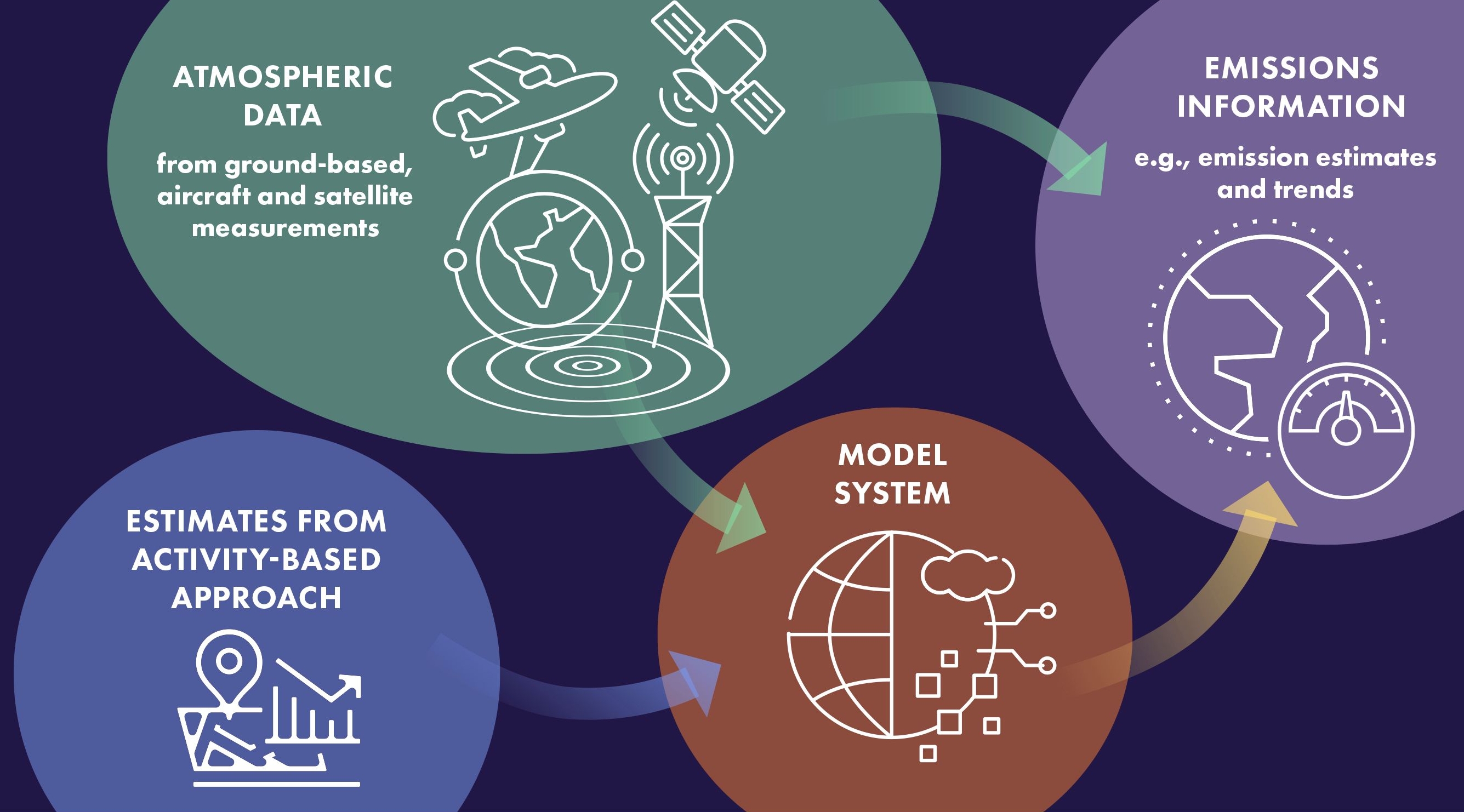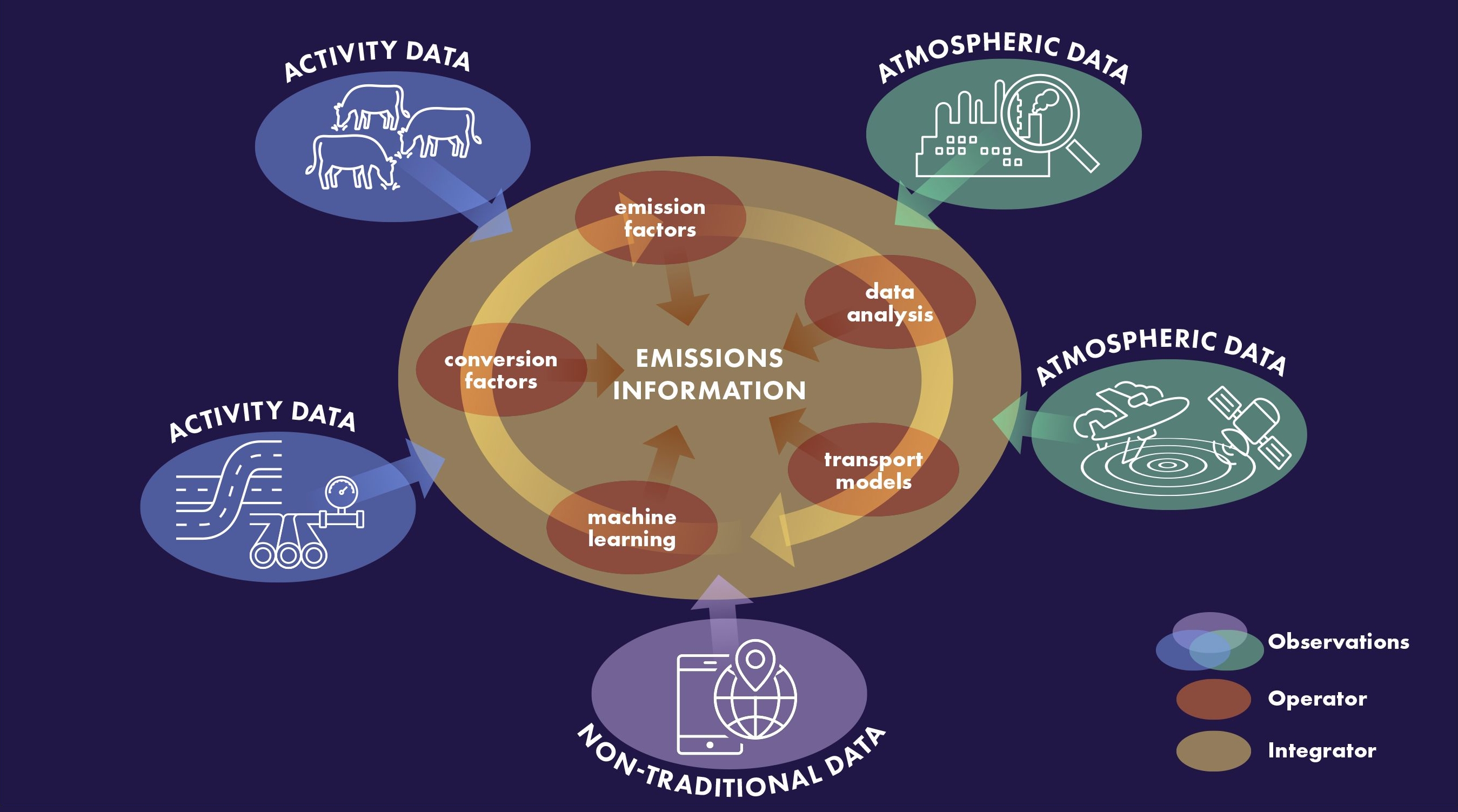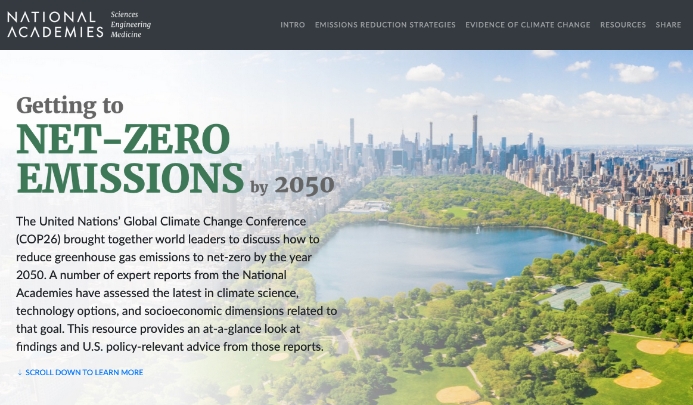Decision Maker Needs for GHG Information
The need for GHG emissions information began as a necessary ingredient in the international policymaking process. Today, nations report and use GHG information as part of that process and often also to inform and support national climate-related objectives and targets. In turn, this has stimulated national governments, regional governments, cities, and non-governmental and private entities to become producers and consumers of GHG information.
DECISION-MAKING AT SCALE
click below to learn more
Global and national scales
Subnational scales
Facility and corporate scales
Barriers to Widespread Use of Emissions Information
Decision makers require timely and accurate information to base management decisions on, and to evaluate the effectiveness of policy responses. However, information uptake and translation of GHG emissions data and information to actionable knowledge and insight can fail to occur for a variety of reasons:
Capacity Decision-makers must have the capacity to either collect and analyze their own emissions data or utilize datasets generated from other sources to inform action.
Transparency The processes and methods used in developing GHG information may not be provided in a transparency manner or clearly communicated.
Accessibility Data may not be available in formats that are easily accessible or usable for decision makers.
Relevance Data may not be relevant, or perceived to be irrelevant, for a decision maker, limiting its application and uptake.
Timeliness Emissions inventories are typically available with a few year time lag and may not be indicative for decision makers requiring real-time information on which to base policy decisions.
Trust Users need to find the GHG emissions information trustworthy. With competing political and financial interests involved, there can be a lack of trust or at least suspicion that can create missed opportunities.
Awareness Decision makers may not necessarily be aware of the data available to them on which to base policy decisions.
Long-term support Long-term funding support for GHG measurements and analyses is important to inform decision making but challenging to maintain beyond political cycles.

 Energy datasets from national sources
Energy datasets from national sources Includes land use, land-use change, and forestry (LULUCF)
Includes land use, land-use change, and forestry (LULUCF)

